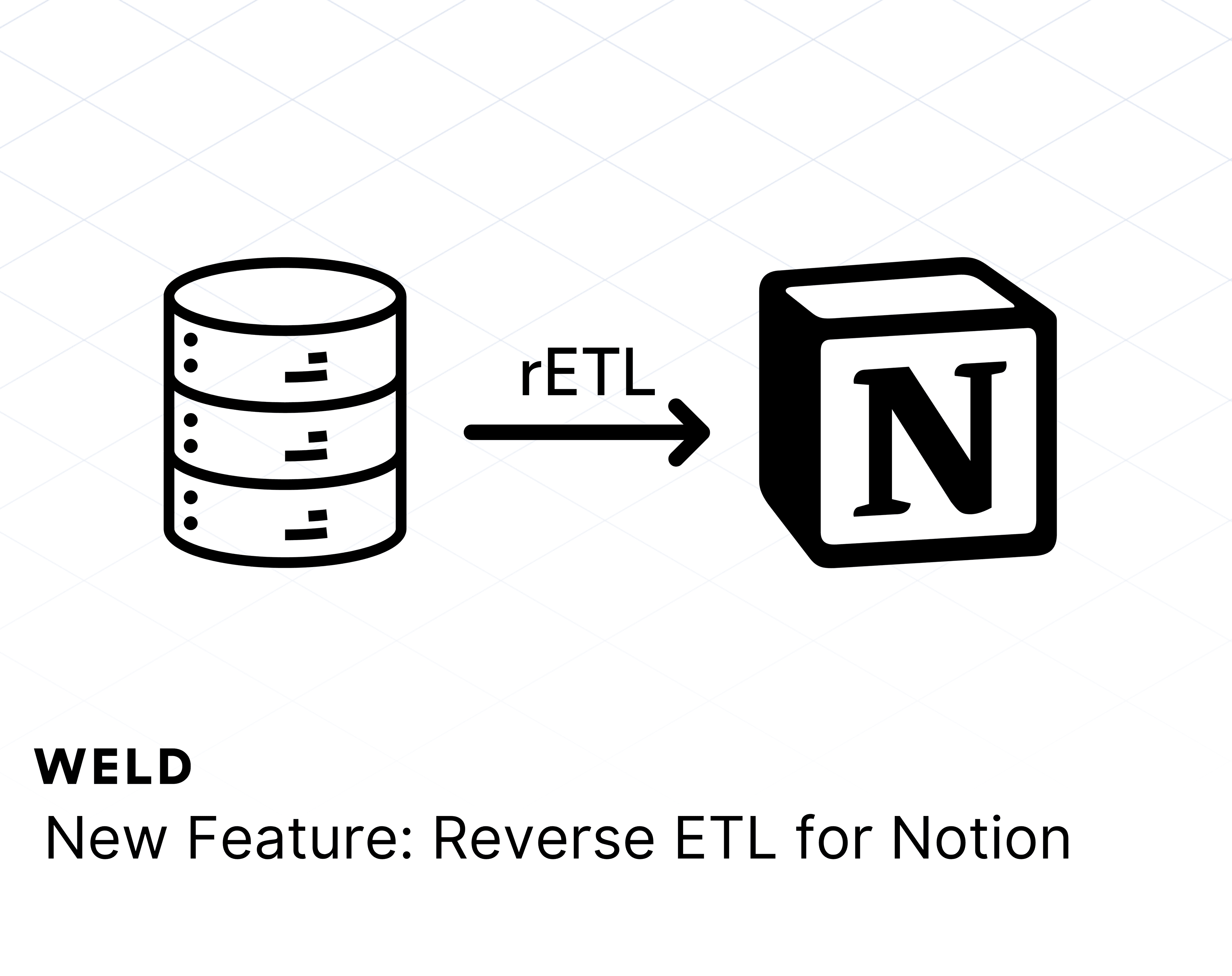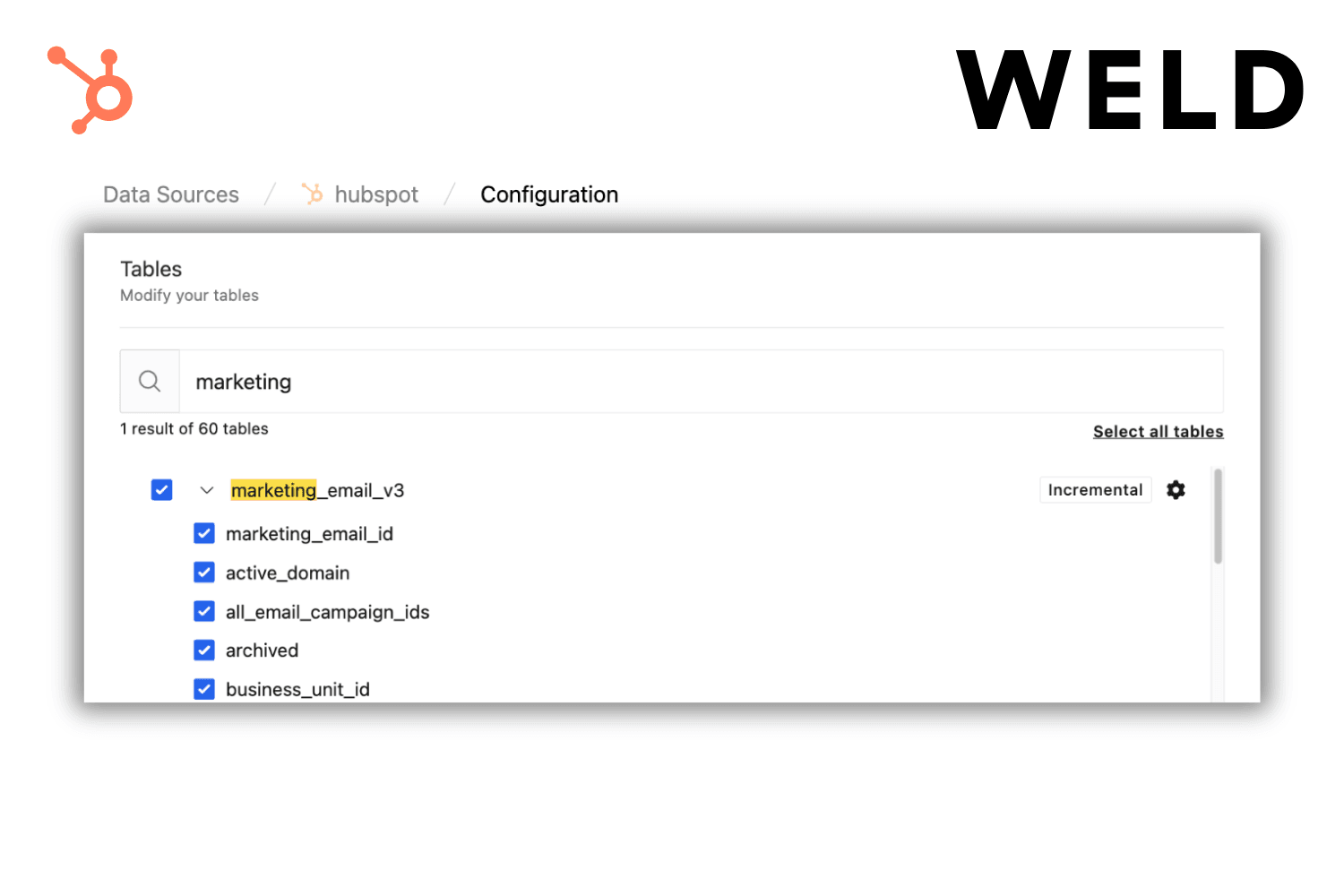As traditional systems struggled to keep pace with the growing volume of data, data warehouses emerged to take on the challenge
Databases are optimized for fast transactions and real-time data processing, but they weren't designed to efficiently handle large historical datasets, complex joins, or heavy analytical queries. As businesses began collecting more data and demanding deeper insights into sales trends, marketing effectiveness, and customer behavior over time, data warehouses stepped in to fill this critical need.

What is a data warehouse?
The center for storing organized data
A data warehouse, also called an enterprise data warehouse (EDW), is a storage system designed for analytics, centralizing large amounts of historical data from multiple sources. It enables organizations to gain valuable insights for better decision-making by providing a unified view of the organization’s information.
Data warehouse foundational concepts
- Subject-oriented: data is organized and structured around specific topics
- Time-variant: it stores historical data of how data have changed over time
- Nonvolatile: data is read-only, so it will not be changed or overwritten
- Integrated: data is collected from different sources into a unified one language system
Data warehouse models
On-premises
Traditional data warehouses are on-premises warehouses, meaning they are built on physical servers owned and managed by the company. This setup gives organizations full control over security and hardware but can limit flexibility because scaling up requires buying and installing more equipment.
Examples of providers: Oracle Exadata, Teradata, IBM Netezza, Microsoft SQL Server
Cloud-based
In contrast, a cloud data warehouse is hosted by a cloud provider (like AWS, Google Cloud, or Microsoft Azure) and accessed over the internet. Instead of managing hardware, companies use a fully managed service that automatically handles infrastructure, maintains, updates, and scaling. This makes it much easier and more cost-effective to store and analyze massive amounts of data.
Examples of providers: Google BigQuery, Amazon Redshift, Snowflake
Hybrid
If cloud-based data warehouses are solving the data growth issue, why do we need a hybrid? Well it is mostly because of the internet dependency and the potential risks due to the remote storage. Although cloud providers invest heavily in security, organizations in highly regulated industries like healthcare or finance worry about storing sensitive data off-site. A hybrid data warehouse has architecture that allows to store sensitive data locally while other high-volume data is managed in the cloud environment. However, this is challenging to integrate sometimes and potential performance issues related to data transfer between cloud and on-premises setups might slow down the processes.
Examples of providers: Microsoft Azure Arc enabled SQL Server, IBM Cloud Pak for Data, SAP Data Warehouse Cloud
Choosing the right type of data warehouse depends on your specific business needs and use case. Explore the differences and find the right fit --> The 8 best data warehouses
Data ingestion
Before data can be stored in an organized system, it must first be extracted from various sources, prepared in the right format, and loaded into storage. ETL (Extract, Transform, Load) and ELT (Extract, Load, Transform) are the core processes used for this, with the main difference being the order in which the transformation step occurs.
- ETL: Transform before loading to the warehouse.

- ELT: Load raw data first, then transform inside the warehouse.

Depending on your setup, you can perform ETL and ELT manually by writing scripts, or if you have several different sources you can use ETL tools to automate and manage these steps. More on ELT and ETL:
--> What is ELT, and how is it different from ETL?
--> Explore how can you use Weld for data ingestion
Storage and optimization
When people ask “how does a data warehouse work?”, most answers focus heavily on ETL and ELT but that’s only part of the story, and not even the warehouse’s main function. In reality, ETL is a separate process that happens before the data even reaches the warehouse. The data warehouse itself acts primarily as a centralized storage and query engine for structured, cleaned data that’s already been prepared elsewhere. It’s the final destination for ready-to-analyze data, serving as the the often mentioned “single source of truth”.
Everything lies within smart design choices
In traditional databases storage is mostly row based, data is saved one row at a time—like writing each full line in a spreadsheet. In contrast, column-based storage, which most data warehouses use, stores each column separately. This makes analysis faster, because it reduces the amount of data that needs to be scanned and allows better compression reducing storage costs
What can you do inside a data warehouse?
There are many different ways you can manipulate your data after it lands into a data warehouse:
- Query by using SQL to explore and analyze data
- Create views and data models using transformation tools to organize data into analytics-ready tables
- Connect BI tools to visualize the results as chart, dashboards and reports.
Export
Applying data findings to everyday processes
Once your data is cleaned and modeled in the warehouse, you can export it to tools like CRMs to make it actionable. For example, you decide to build a model inside the warehouse that calculates customer health scores based on logins, feature usage, and payments—then push those scores back to the CRMs so your team can spot churn risks without checking separate dashboards. This process is called reverse ETL, and it simply means sending insights from the warehouse back into the tools your teams use every day.
Read more on --> What is a Reverse-ETL
Comparing Data Storage Types
There's a lot of confusion around data warehouses, data lakes, databases, and data marts. They might seem similar, but each one works a bit differently and is used for different reasons. Here's a quick comparison to help clear things up:
- Primary Use
- Database: Daily operations and transactions (OLTP)
- Data Warehouse: Business intelligence & reporting (OLAP)
- Data Lake: Storing raw, unstructured data
- Data Mart: Department-specific analysis and reporting
- Data Stored
- Database: Clean, structured data (tables, rows)
- Data Warehouse: Structured, cleaned, and integrated data
- Data Lake: Raw data in any format
- Data Mart: Subset of warehouse data focused on a business area
- Data Volume
- Database: Usually smaller datasets
- Data Warehouse: Large volumes of integrated data
- Data Lake: Very large datasets, including raw and historical data
- Data Mart: Smaller, focused datasets tailored to specific needs
- Examples
- Database: MySQL, PostgreSQL, Oracle
- Data Warehouse: Snowflake, Redshift, BigQuery
- Data Lake: Hadoop, AWS S3, Azure Data Lake
- Data Mart: Department-specific subsets within warehouses or standalone marts
Using Weld for data warehouses
At its core, Weld is built to make ELT easy and efficient. It helps you bring raw data from all your sources into your data warehouse and transform it right where it lives using SQL-based models. This streamlined approach to ELT means your data is always clean, organized, and ready to use. And when your data is in great shape, Weld’s reverse ETL features make it simple to send that information back into the tools your teams rely on, like your CRM, support platform, or marketing tools.
Read more on how Weld handles ELT pipelines here












